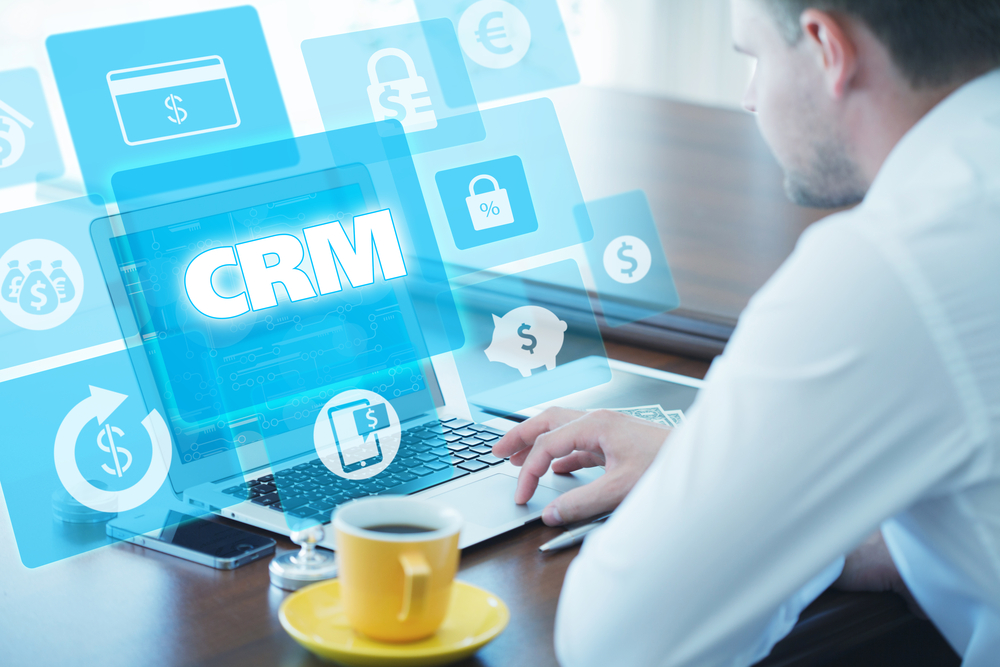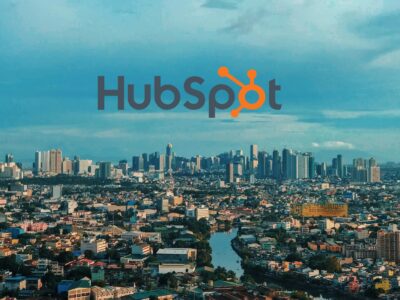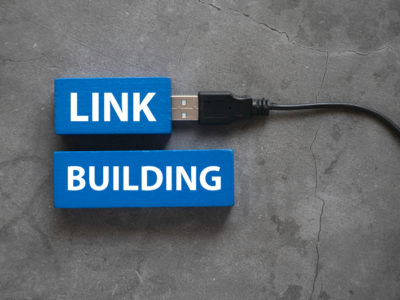Many SaaS businesses emphasize acquiring new customers. However, a ChartMogul study shows that SaaS businesses retaining over 85% grow 1.5x to 3x faster.
Hence, SaaS companies should equally focus on reducing customer churn. A key to sustainable success thus lies in SaaS customer retention, which nurtures existing ones.
This is where you’d want to extend CRM use rather than keep it to store customer data. Instead, strategically use it to retain valuable customers and minimize costly churn.
Surely, you’d use CRM basics to manage leads and track sales. But there’s much more you can do with CRM to drive customer retention. How about understanding its implications to uncover the patterns, behaviors, and pain points that strengthen customer loyalty?
We have some tactics to share that help harness your CRM into a powerful customer retention engine. Let’s explore ways to use CRM for data segmentation, customer support, customer feedback for improvement, and much more.
#1: Segmentation for Focused Engagement
Gone are the days of mass email blasts. As a part of your marketing reporting process, you have several retention KPIs to hit: retargeting ads, customer retention rates (CRR), customer lifetime value (CLV), customer engagement score, and more. One way to hit them right is to personalize your messaging in all your marketing campaigns.
Why?
Because 72% of B2B SaaS customers expect personalization. Here, get the CRM to segment your audience so that every touchpoint resonates and drives value.
As B2B marketers leverage information to tailor their engagement strategies to resonate on a personal level with each customer.
The process involves several key steps:
- Segmentation: CRM data can segment customers for more targeted communication strategies based on various criteria like
- Industry
- company size
- product usage patterns
- engagement history, etc.
- Behavioral Insights: Analyze customers to understand how different segments interact with your product and services. Identify patterns in —
- Usage
- Support ticket submissions
- Feedback to identify features or services that are most valued by each segment.
- Customized Communication: CRM insights help craft personalized emails, newsletters, and product updates for each segment’s interests and needs.
For instance, a segment of users frequently uses a specific feature of your software. You can provide them with tips, best practices, or case studies related to that feature.
#2. Proactive Customer Support Initiatives
Customer success is the key to retention. Perhaps the reason why HubSpot research suggests that 82% of customers consider an immediate response to a question about sales or marketing as very important.
So, consider using a CRM system beyond tracking sales and customer interactions. You can anticipate issues and foster customer success before problems escalate.
Here, a proactive customer support strategy can include the following:
- Identify Churn Signals: Look for patterns in customer behavior that might indicate dissatisfaction or waning engagement.
It includes —
- Declining login frequency
- Limited feature usage
- Increased support tickets on specific issues.
- Support Ticket Analysis: Use CRM data to identify common issues and concerns among your customer base. Your team behind customer support can help marketing teams create resources tailored to tackle common challenges.
This knowledge can help create —
- FAQs
- Tutorial videos
- Knowledge-base articles.
- Health Scoring: A customer health score system within your CRM can identify those needing extra attention or are at risk of churning.
Consider analyzing key metrics like
- Engagement metrics
- Support ticket frequency
- Usage patterns
#3. Integrating Customer Feedback into Continuous Product Improvement
Think of moving beyond customer support for angry users. Integrate first-hand customer feedback in your CRM systems to capture, analyze, and act upon. This can drive continuous product improvement.
Here’s how to leverage CRM for this purpose:
- Feedback Analysis and Trends: Analyze the collected feedback to identify common themes, pain points, and requests that help identify areas of improvement. Here, the focus should be on areas for product improvement like —
- Feature enhancements
- Past support tickets
- Current product-usage challenges
- Centralized Feedback Collection: CRM data collects centralized feedback from various channels. This means you can reach out to customer based on their —
- Support tickets
- Surveys
- Social media
- Direct customer interactions
This provides a holistic view of customer sentiments and needs.
- Closed-loop Feedback: Track how you address customers’ feedback and communicate changes made to customers. This will improve the product and show customers that their feedback is valued and acted upon, enhancing loyalty.
Moreover, using project management software with CRM can further streamline the process, ensuring that feedback is efficiently tracked and integrated into your ongoing product development cycle.
#4. Rewarding Customer Loyalty and Advocacy
Recognize and reward your most loyal customers. These customers can become powerful brand evangelists, leading to organic growth and reduced churn.
Here are some of the examples to get started.
Use CRM to identify these customers and deliver rewards that acknowledge their loyalty and encourage advocacy.
Here’s how to approach this:
- Tailored Rewards Program: Develop a rewards program to offer tangible benefits to loyal customers. Identify long-term customers and aim to increase lifetime value (CLV) and propose rewards like —
- Exclusive access to new features
- Discounts on renewals
- Referral programs that reward customers for bringing in new business.
- Loyalty Identification: Next, use the same data to identify customers who have been with your company for a long time, frequently use your product, or have a high lifetime value. These metrics can help pinpoint your most loyal customers.
- Encourage Advocacy: Consider nudging your satisfied customers to share their positive experiences with others. This can be possible if you already have them in your rewards program. Accordingly, create and promote their advocacy by —
- Creating Shareable Content
- Featuring customer stories on your website
- Offering incentives for reviews and testimonials.
#5. Leveraging CRM for Upselling and Cross-Selling
Let’s first understand the difference between upselling and cross-selling with the help of an image.
Another major way to retain SaaS customers is by upselling and cross-selling the product, a strategy that works exceptionally well when combined with SaaS PPC campaigns to target existing users with relevant upgrades. This drives revenue by ensuring that current users use the full suite of products or services that meet their evolving needs.
You can use the data from CRM platforms to identify upselling and cross-selling opportunities.
Here’s what you can do:
- Customer Usage and Satisfaction Analysis: Unravel how customers use your product using CRM data. It will include analyzing factors like —
- Purchase history
- Preferences
- In-tool behavior
CRM data is useful in understanding whether customers are satisfied with your product. If the answer is affirmative, it reveals opportunities to offer additional features or products that complement their existing usage.
- Segmented Offerings: Create customer segments within the CRM based on the following criteria —
- Product usage
- Industry
- Company size, etc.
Use this data to upsell and cross-sell your product to each segment, ensuring they are relevant and add value.
- Personalized Communication: Personalize all the upsell and cross-sell communications by highlighting additional products or services. Here, specifically address the customer’s unique challenges or goals and ensure the upselling proposal is tailored to their needs.
Wrapping Up
A successful SaaS brand relies on hanging on to the customers they’ve worked so hard to win. Amongst all the tools you can use to retain customers, do not overlook CRM since it’s a strategic arsenal in the fight for customer retention.
CRM is not a set-and-forget tool. You’ll need to have a continuous segmentation, analysis, and refinement process. Accordingly, this requires focusing on customer-centricity and using CRM to understand your users. You’ll unlock the hidden potential for driving loyalty, maximizing customer lifetime value, and propelling your SaaS business forward.





